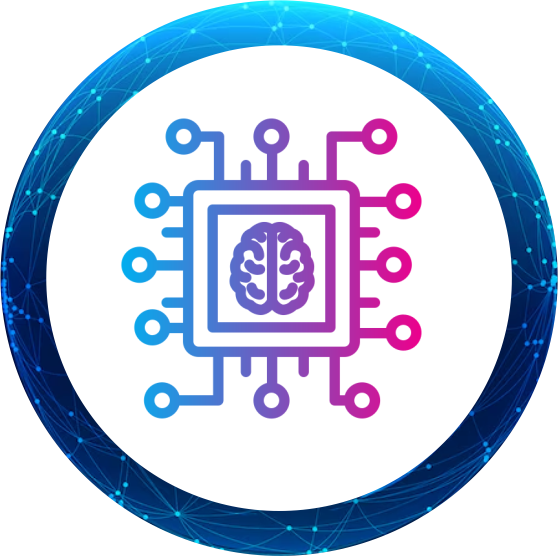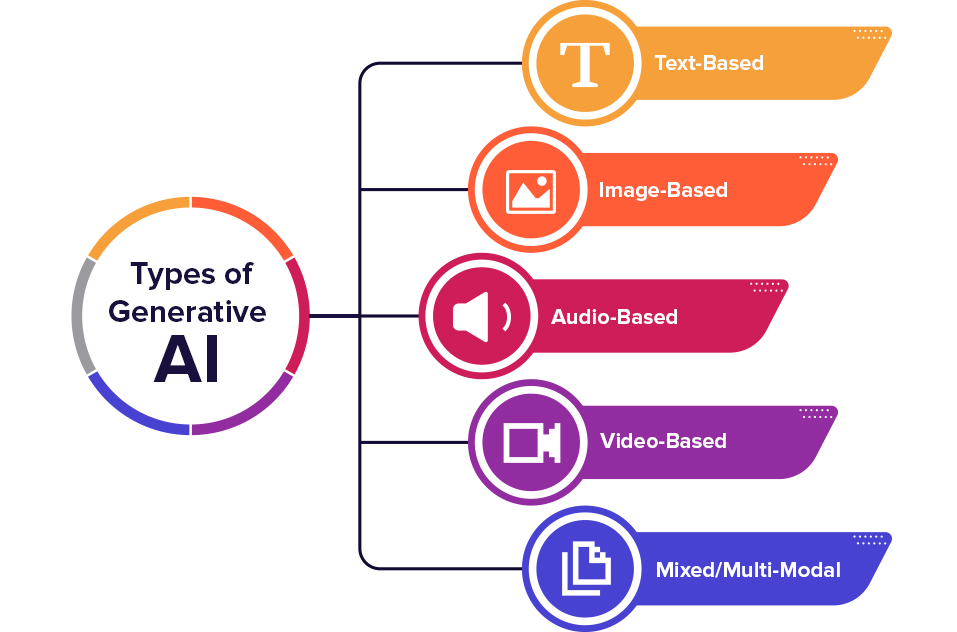GEN AI


in Data Science and AI
Generative AI creates new content—text, images, audio, video, and code—revolutionizing how humans and machines interact.
It powers large language models (LLMs) like GPT, Claude, LLaMA, which are used in AI assistants, chatbots, and productivity tools.
GenAI enables rapid prototyping, automation, and personalization, reducing manual effort in creative and cognitive tasks.
It enhances traditional AI pipelines by enabling data augmentation, simulation, and synthetic data generation.
In industries like healthcare and finance, GenAI helps in creating medical records, reports, and summarizing complex data.
It supports natural language interfaces for querying databases, coding, and automating workflows—key for next-gen AI apps.
GenAI models exhibit zero-shot and few-shot learning, making them versatile across a wide range of tasks without retraining.
It is a cornerstone for the rise of multimodal AI that combines text, image, speech, and video understanding.
GenAI unlocks creative AI—from AI-generated art to music, writing, and game design—blending tech and creativity.
Understanding GenAI is essential to build, fine-tune, and safely deploy modern AI systems in real-world products and services.

Module 1: Introduction to Generative AI
What is Generative AI?
Generative AI vs Discriminative AI
Historical evolution: from GANs to LLMs
Applications across industries (text, image, video, music)
Challenges and ethical considerations
Module 2: Foundations of Generative Models
Generative vs predictive modeling
Probability and likelihood basics
Maximum likelihood estimation (MLE)
Bayesian inference (brief overview)
Data distribution modeling
Module 3: Traditional Generative Models
Gaussian Mixture Models (GMM)
Hidden Markov Models (HMM)
Naive Bayes as a generative classifier
Module 4: Deep Generative Models
Introduction to neural network-based generation
Autoencoders:
Architecture and use cases
Denoising Autoencoders
Variational Autoencoders (VAEs)
Generative Adversarial Networks (GANs):
Generator vs Discriminator
Vanilla GAN, DCGAN, Conditional GAN
CycleGAN, StyleGAN (overview)
Module 5: Language Modeling & NLP Foundations
What is a language model?
N-gram models and limitations
Introduction to embeddings:
Word2Vec, GloVe, FastText
Sequence modeling:
RNNs, LSTM, GRU
Module 6: Transformer Architecture
The Attention mechanism
Scaled Dot-Product Attention
Multi-Head Attention
Encoder-Decoder structure
Positional encoding
Why Transformers replaced RNNs
Module 7: Large Language Models (LLMs)
Understanding GPT architecture
GPT-2 vs GPT-3 vs GPT-4
Tokenization and vocabulary
Pre-training vs fine-tuning
Zero-shot, one-shot, few-shot learning
Popular LLMs: OpenAI GPT, LLaMA, Mistral, Claude, Gemini
Module 8: Prompt Engineering
What is a prompt?
Prompt design principles
Chain-of-thought prompting
Role prompting and system messages
Prompt tuning vs fine-tuning
Tools: LangChain, LlamaIndex, Flowise (intro)
Module 9: Fine-Tuning and Adaptation
Parameter-efficient tuning methods:
LoRA, PEFT, QLoRA
Supervised Fine-Tuning (SFT)
Reinforcement Learning with Human Feedback (RLHF)
Transfer learning in GenAI
Module 10: Evaluation of Generative Models
Evaluation metrics for text:
BLEU, ROUGE, METEOR, perplexity
Evaluation metrics for images:
FID, IS (Inception Score)
Human evaluation
Alignment and hallucination detection
Module 11: Tools and Frameworks
OpenAI API (GPT-4, Assistants API)
Hugging Face Transformers & Datasets
LangChain, Vector databases (FAISS, Chroma)
Gradio, Streamlit for GenAI apps
Google Colab / Kaggle Notebooks
Module 12: Multimodal Generative AI
What is multimodal learning?
Image generation: DALL·E, Midjourney, Stable Diffusion
Text-to-speech and speech-to-text: Whisper, ElevenLabs
Vision-language models (CLIP, Flamingo, Gemini)
Video generation (intro only)
Module 13: Responsible and Ethical GenAI
Hallucination and misinformation risks
Bias and fairness in generation
Safety and content filtering
Copyright, plagiarism, deepfakes
Governance and regulations (EU AI Act, OpenAI guidelines)
Module 14: GenAI Applications & Projects
AI-powered chatbots and copilots
Summarization and content rewriting
Text-to-image generation app
Code generation and debugging
Resume, email, or blog writing assistants
Project: Build a mini AI assistant using OpenAI API + LangChain

